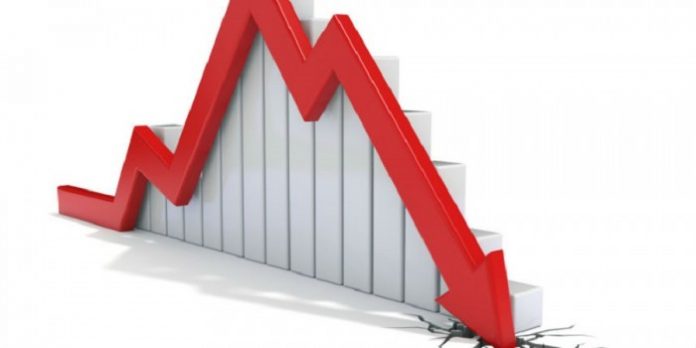Pakistan’s Consumer Price Index (CPI) inflation rate has decelerated to 23.06% year-on-year in February, down from 28.34% in January.
This latest figure represents the lowest inflation rate the country has seen in the past 20 months, a notable decline from the peak of 37.97% observed in May 2023.
The Pakistan Bureau of Statistics attributed this decline primarily to a slight reduction in the prices of food products.
Specifically, the food index witnessed a 1.62% drop month-on-month, influenced by decreased prices in both perishable and non-perishable goods.
Despite this dip in food prices, other categories within the CPI basket continued to experience price increases.
For the first eight months of the fiscal year 2024, the average inflation rate stood at 27.96%, exceeding the government’s initial forecast of 21%.
This rate also surpassed the International Monetary Fund’s (IMF) projection of 25.9% for the same period, indicating a challenging economic landscape.
The month-on-month inflation for February remained unchanged, underscoring a stabilization in the short-term price movements.
This comes after a period of elevated inflation rates, which began in mid-2022 following the implementation of several economic measures by the PMLN-led coalition government, in compliance with the IMF’s requirements.
Urban inflation for February was reported at 24.9% year-on-year, with a minor 0.2% increase month-on-month.
Rural areas saw a year-on-year inflation rate of 20.5%, with a 0.3% decline month-on-month.
The detailed breakdown of CPI components reveals that the categories with the highest weight, namely “food and non-alcoholic beverages” and “housing, water, electricity, gas, and fuels,” saw annual increases of over 19.04% and 43.78%, respectively.
The report also highlighted variations in food and non-food inflation across urban and rural settings.
Urban food inflation stood at 20.02%, while non-food inflation was at 28.2%. Rural areas experienced food inflation at 19% and non-food inflation at 22.1%.
Core inflation, which excludes volatile food and energy prices, saw a slight decrease in both urban (15.5%) and rural areas (21.9%).
Notably, certain food items in urban areas, such as fresh fruits and honey, saw price increases, while others like eggs and tomatoes recorded significant price drops.
In the non-food category, increases were observed in gas charges and motor fuel, among others, with a noted decline in the cost of liquefied hydrocarbons and stationery.
This latest inflation data indicates a complex economic situation, with the government and policymakers facing the challenge of managing inflationary pressures while ensuring economic stability.

























please admin can you tell me in Sindh Pakistan. what could tomatoes are on high demand in June 2024 it is for agriculture profit.